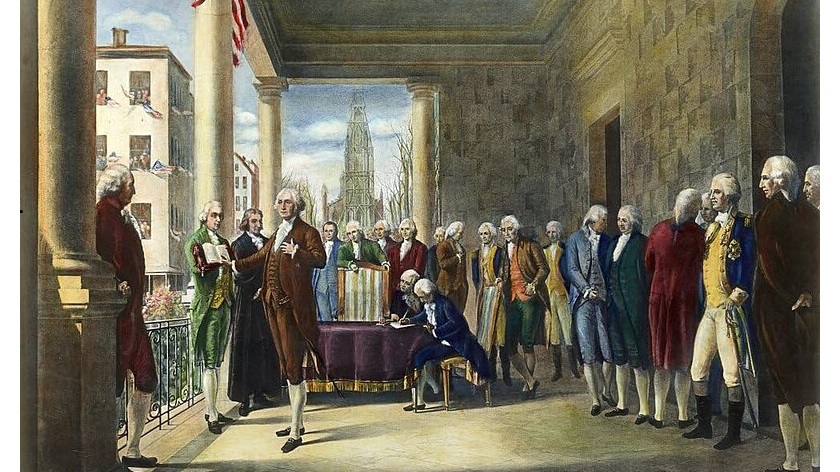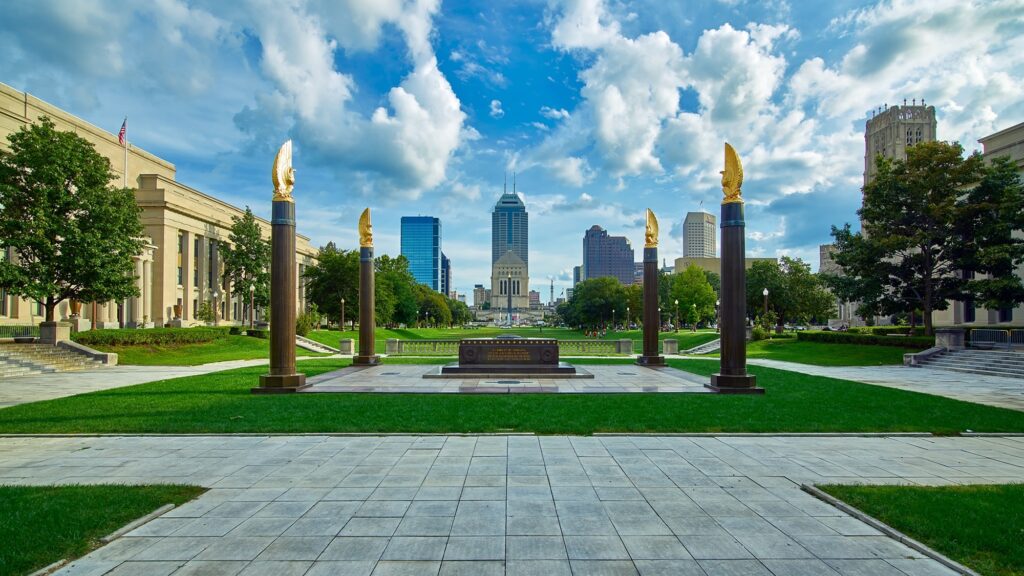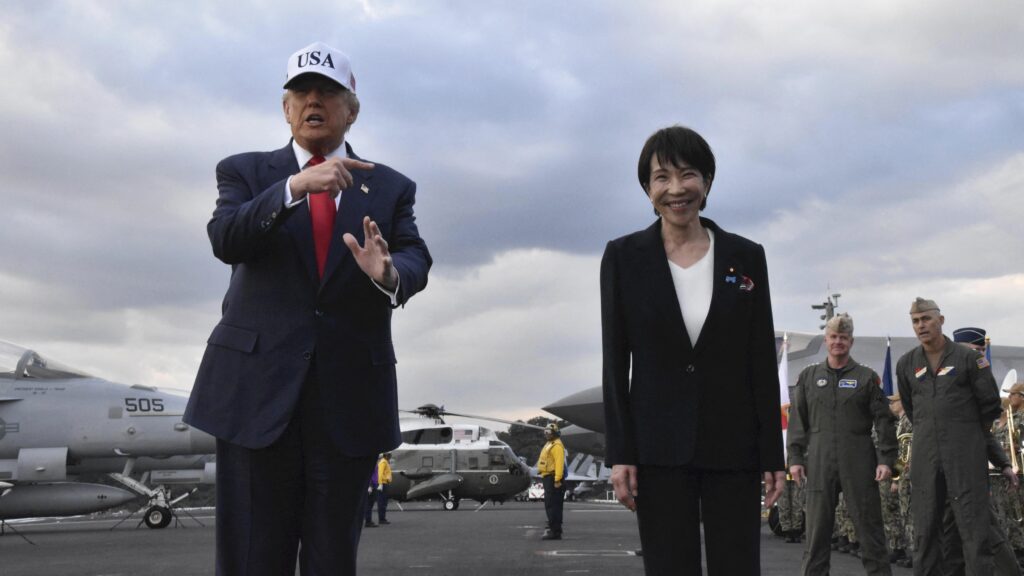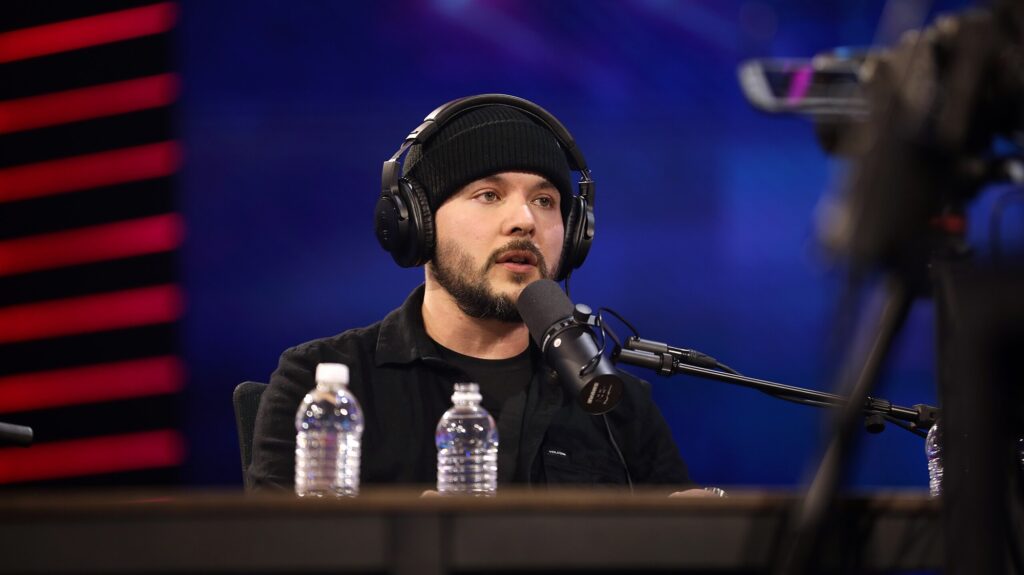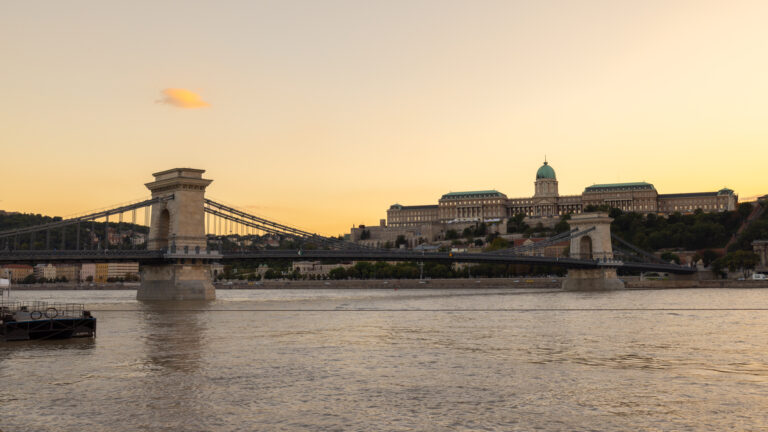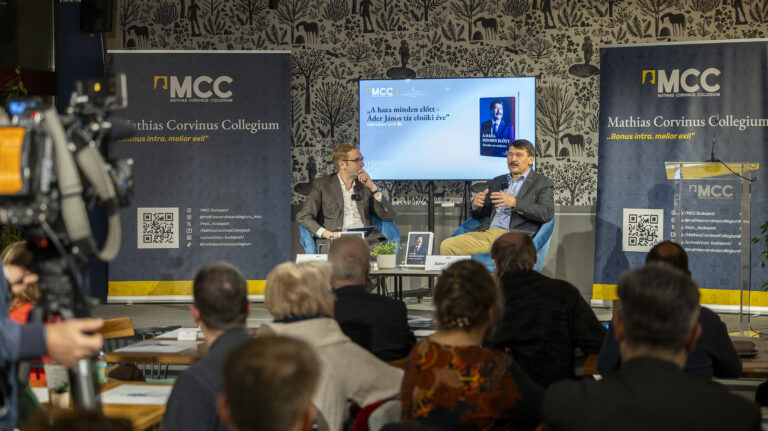The 60th quadrennial presidential election in the United States is 13 weeks, less than three months away. As the campaign season is heating up, let’s take a look at the very origin of this great tradition of American democracy that started 236 years ago.
The first thing we need to understand is that under the original Constitution, presidential elections did not take place the way they do today. The modern system came about with the ratification of the 12th Amendment in 1804. In the original system, every elector got to cast two votes. When all the votes were added up, the person with the most votes was elected President, while the person with the second most votes became the Vice President.
This was designed for a non-partisan system, which George Washington advocated for even in his farewell address in 1797. However, as the two original political parties, the Democratic-Republicans and the Federalists formed, the flaws of the convoluted electoral system became apparent, leading to its modification in 1804.
Also alien to today’s presidential elections, the outcome of the first one was never in doubt. George Washington ran unopposed as a Federalist in ideology, but with no official party affiliation. In fact, the first-ever American presidential campaign can be considered the ‘grassroots’ campaign
to convince Washington to even seek the just-created office of the Presidency.
Washington was yearning for a peaceful, quiet, and civil life on his Mount Vernon estate after winning the War of Independence against the British.
However, all of the most influential people in American politics at the time, including Alexander Hamilton, Thomas Jefferson, and James Madison, as well as the general public in letters of adoration sent to his estate, eventually convinced Washington to run—and that run involved absolutely no campaigning or public appearances, since no-one was contesting the outcome.
So, the few remaining questions were who the first Vice President was going to be, and how each state would go about choosing their electors—after all, the Constitution made no inferences on that, and left it entirely on the 13 original states.
For the first question, there is a straightforward answer. John Adams of Massachusetts (a Northerner to complement the Virginia-native Washington in the head of the executive branch) ended up coming in second with 34 electoral votes, well ahead of John Jay in third place with nine electoral votes. Evidently, Washington got the maximum possible, 69 electoral votes, as well as 100 per cent of the popular vote (28,009).
The second question, as expected, turned out to be a lot messier. So much so that one of the largest states in the Union, New York, did not even delegate any electors to the Electoral College, since the two chambers of its State Legislature were not able to agree on the voting process before the deadline.
The election of George Washington was weirder than you think
The first U.S. presidential election in 1789 had none of the features Americans associate with elections today: no campaigning for the office, no political parties or conventions, no primary elections. Election Day was in January rather than November. The Electoral College was taken seriously rather than being treated as a formality.
As for the rest of the states, most of them asked their eligible voters (that is, white men who owned property) or members of their respective state legislators to go to their town halls to cast their vote in January 1789, with the exceptions of New Hampshire and Massachusetts, where that process started in December 1788. Thus, the first-ever votes in a US presidential election were cast in 1788, although the bulk of the voting took place in 1789.
In four of the original 13 states (Connecticut, New Jersey, South Carolina, and Georgia) the state legislatures chose the electors, in another four (Pennsylvania, Delaware, Virginia, and Maryland), the people voted directly. Meanwhile, in the aforementioned New Hampshire and Massachusetts, a two-round voting system took place, first by the voters, and then by the state legislatures. New York, as we wrote above, could not agree in time on the process, while Rhode Island and North Carolina declined to participate in protest of the new federalist system of government.
The Electoral College first met in their respective state capitals on 4 February 1789.
From that point onward, it was up to George Washington to figure out how to put the United States Constitution into practice. This was the one and only issue in the first US presidential election, as well as during the first American presidency:
how would the newly created federalist system function not on paper, but in the real world?
Many people doubted it would last for long, while some anti-federalist actors were actively trying to undermine it from within.
However, against all odds, the American Constitution survived, and Americans are still voting for their president over 200 years later.
Related articles:

